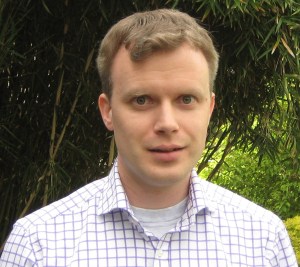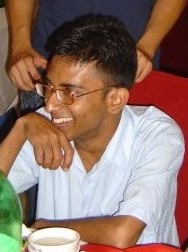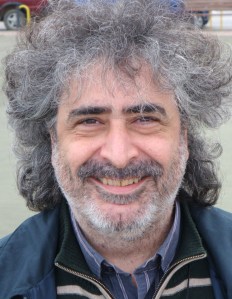
Paul Campsie completed his Ph.D. in the Institute for Gravitational Research at the University of Glasgow. He now works as a Product & Test Engineer for Freescale Semiconductor.
A direct measurement of the fluctuating force noise created by surface charge on dielectrics
It has been known that future interferometric gravitational wave detectors could have their low frequency sensitivity limited by excess surface charges on the detector optics. Though it is suspected that the limiting effects of this noise source have been observed in initial detectors, this was never directly verified because there was no measurement of the charge on the optic.
In our recent CQG article we present a direct measurement of the fluctuating force noise created by excess surface charges (charging noise) on a dielectric. This measurement is Continue reading









You must be logged in to post a comment.